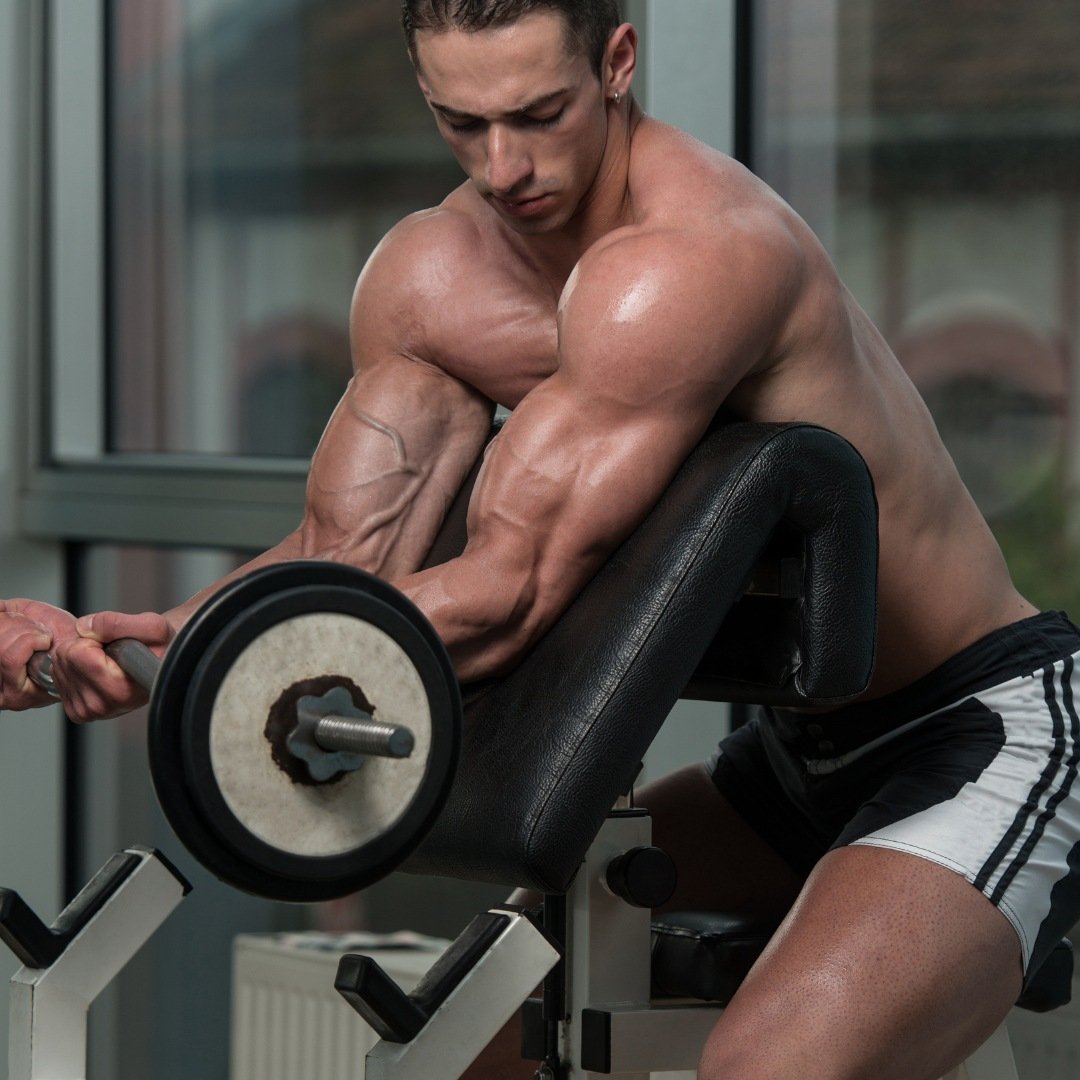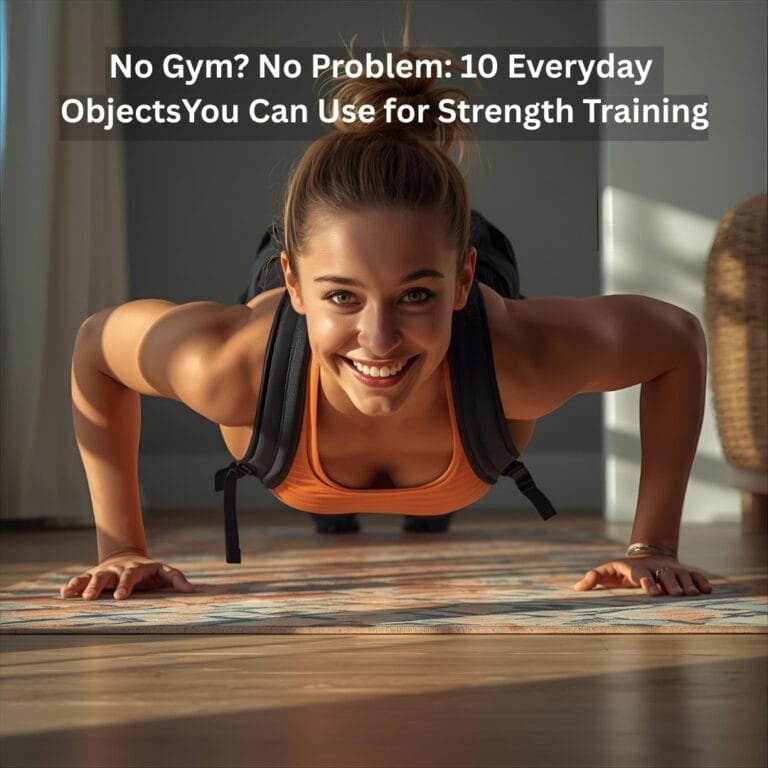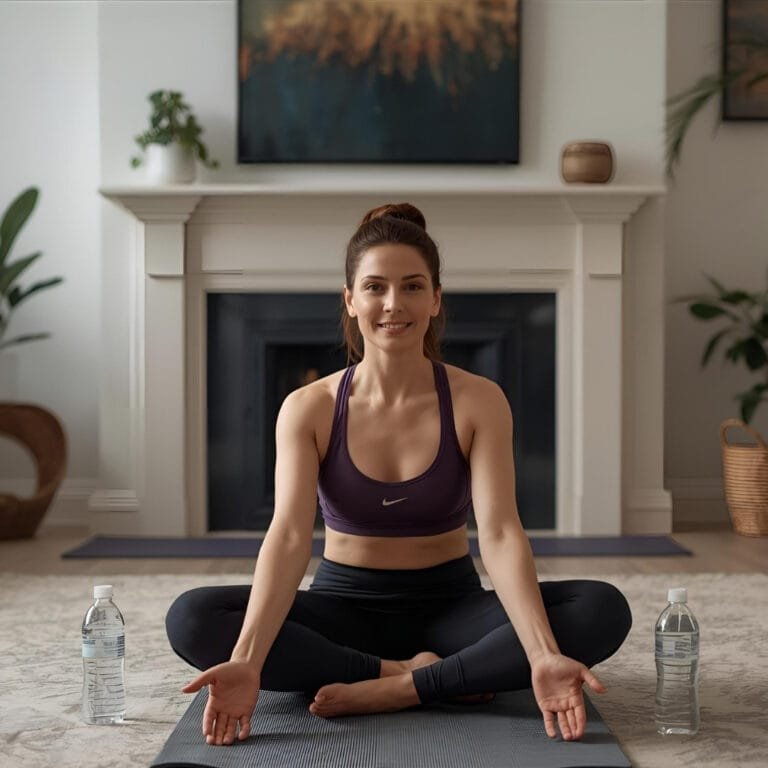Disclosure:
Thank you for reading this post, don't forget to subscribe!
Some of the links on this website are affiliate links. This means that if you click on the link and make a purchase, we may receive a small commission at no extra cost to you. Your support helps us keep the site running.Learn more on my Privacy Policy and Affiliate Disclosure page. Thank you for your support!
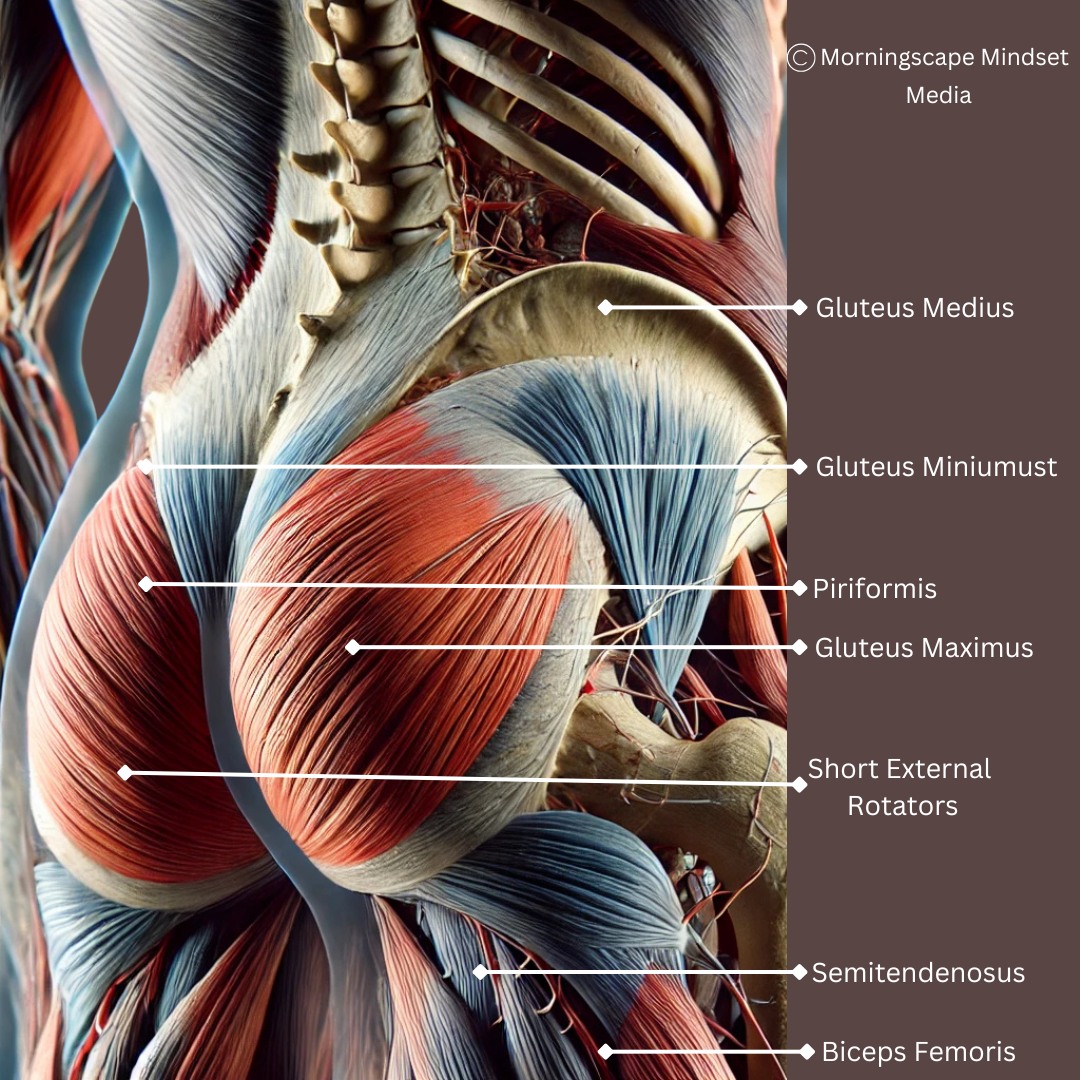
The gluteus maximus is one of the largest and most powerful muscles in the human body, playing a key role in everything from basic daily movements to high-level athletic performance. Despite its importance, many people overlook the glutes, leading to weak muscle activation patterns, poor posture, and even injury.
In this article, we’ll dive into the anatomy and function of the gluteus maximus, its crucial role in core stabilization, and how you can ensure your glutes are firing properly to support overall movement and protect against injury.
1. Anatomy and Function of the Gluteus Maximus
The Largest Muscle in the Body
The gluteus maximus is the largest muscle in the human body, located in the buttocks. Its primary functions are hip extension, external rotation, and helping with powerful movements like sprinting, jumping, and lifting. Whether you’re standing up from a seated position, climbing stairs, or running, the gluteus maximus is doing the heavy lifting (quite literally) to propel your body forward.
This muscle plays an essential role in providing power for athletic activities, from squatting with heavy weights to propelling yourself in a sprint. Without a strong gluteus maximus, other muscles like the lower back and hamstrings often overcompensate, leading to potential injuries.
Importance in Daily Movements
You may not realize it, but your glutes are working even during basic everyday activities. Walking, standing, sitting down, and climbing stairs all require the activation of the gluteus maximus to support your body’s movements. If your glutes aren’t properly engaged during these activities, you could face muscle imbalances, fatigue, and discomfort, especially in the lower back.
Learn more about: the anatomy and function of the glutes-Anatomy, Bony Pelvis and Lower Limb, Gluteus Maximus Muscle
2. The Gluteus Maximus and Core Stabilization
How the Glutes Support Core Stability
A strong and properly activated gluteus maximus is critical for core stabilization. While we often think of the core as just the abdominal muscles, the core also includes muscles like the transverse abdominis and multifidus, which work together with the glutes to keep the pelvis aligned. The glutes stabilize the hips and pelvis, reducing stress on the lower back and spine.
When the glutes are weak or inactive, the pelvis can become misaligned, leading to poor posture and movement inefficiencies that affect the entire body.
Read next:
Impact on Posture and Balance
Weak glutes often result in poor posture, which in turn causes an increased risk of lower back pain and balance issues. Without proper activation of the gluteus maximus, other muscles compensate, leading to lower back strain or hip misalignment, which can make basic activities like standing or sitting uncomfortable.
find out more about: Learn how weak glutes affect posture and back health-A strong butt supports the rest of your body.
3. Healthy Activation Patterns for the Gluteus Maximus
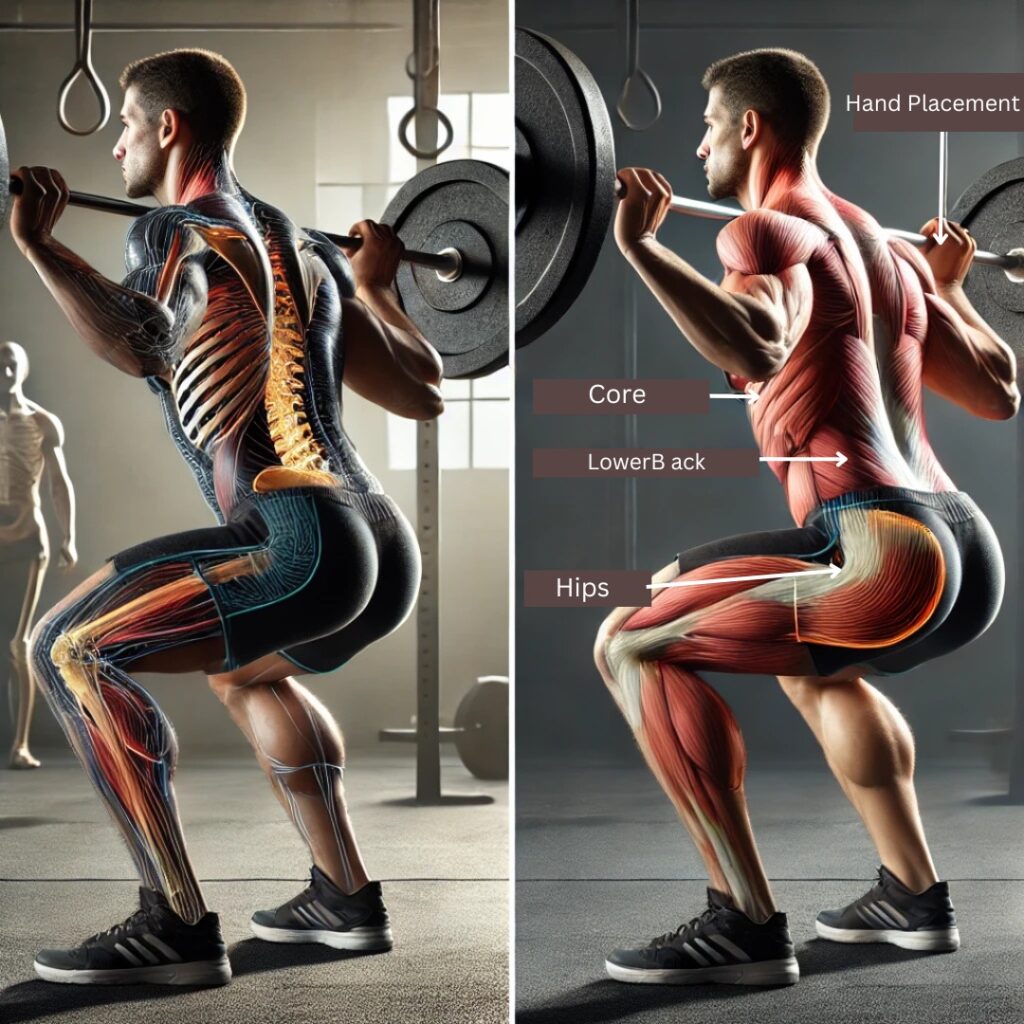
Why Activation Patterns Matter
Proper activation of the gluteus maximus ensures that the muscle is doing its job rather than leaving it to other, less-suited muscles like the hamstrings or lower back. When glutes aren’t properly activated, it leads to a phenomenon known as gluteal amnesia or “dead butt syndrome,” where your body forgets how to use the glutes correctly. This results in poor movement mechanics, decreased strength, and a higher risk of injury.
Common Glute Activation Mistakes
Many people unknowingly over-rely on their lower back or hamstrings during exercises like squats or deadlifts, reducing the effectiveness of these movements and increasing the risk of injury. Common mistakes include:
- Hyperextending the lower back during squats or deadlifts.
- Not engaging the glutes fully during exercises that are designed to strengthen them.
4. Exercises to Activate and Strengthen the Gluteus Maximus
Best Glute Activation Exercises
To properly activate the gluteus maximus, it’s important to incorporate exercises that focus on isolating and engaging this muscle. Some of the best glute activation exercises include:
- Glute Bridges: Lying on your back with knees bent, lift your hips off the floor while squeezing your glutes.
- Clamshells: Lie on your side with legs bent at 90 degrees, open your top knee while keeping your feet together, focusing on activating the glutes.
- Hip Thrusts: Using a bench for support, place your upper back on the bench, with your feet on the floor. Thrust your hips upward while squeezing the glutes.
Focus on proper form, and ensure you’re engaging the glutes throughout each movement.
Strengthening for Core Stabilization
Once you’ve mastered glute activation, it’s time to integrate full-body exercises like deadlifts, squats, and lunges. These compound movements not only build glute strength but also improve core stability, as the glutes and core muscles must work together to keep the pelvis and spine in alignment.
read more about: Got Glutes? Part 2 — Advanced Glute Strengthening Techniques for Optimal Performance.
5. The Role of the Gluteus Maximus in Injury Prevention
Preventing Lower Back and Hip Injuries
Weak glutes can contribute to a host of issues, including lower back, hip, and knee injuries. When the gluteus maximus doesn’t activate properly, other muscles, like the lower back, take over to support movements, which can lead to strain and injury. Properly activating and strengthening your glutes reduces the risk of these compensations, ensuring that your movements are supported by the right muscles.
Protecting the Lower Back
The gluteus maximus plays a critical role in protecting the lower back by stabilizing the pelvis during heavy lifting or athletic activities. Whether you’re lifting weights in the gym or carrying heavy objects at home, strong glutes will help protect your lower back by keeping your spine in proper alignment.
discover: Top 10 Glutes Workouts for Women: Sculpt Your Booty with These Effective Exercises-In this blog post, we will explore the top 10 glute workouts for women that can help you achieve a sculpted, strong booty.
6. How to Improve Glute Activation in Everyday Activities
Incorporating Activation Into Daily Movement
You don’t need to wait until you’re in the gym to activate your glutes. There are simple ways to engage your glutes during everyday activities:
- Walking: Focus on squeezing your glutes as you walk.
- Standing: While standing in line or at your desk, engage your glutes by squeezing them for a few seconds and then relaxing.
- Stairs: As you climb stairs, drive through your heels and focus on engaging the glutes with each step.
Corrective Exercises for Inactive Glutes
If your glutes are underactive, using corrective exercises can help improve their activation. Stretching and strengthening exercises like hip flexor stretches, glute bridges, and bird dogs are effective at correcting inactive glutes and improving core stability.
explore more:
Conclusion
The gluteus maximus plays a vital role in core stabilization, posture, and preventing injuries. Whether you’re an athlete or just looking to move more comfortably in your daily life, focusing on healthy glute activation patterns is essential. By strengthening your glutes and engaging them properly, you’ll see improvements in your posture, stability, and overall movement efficiency.
Start incorporating glute activation exercises into your routine today and see the difference in your movement and strength. Share your experiences with glute activation in the comments below, and stay tuned for Part 2, where we’ll cover advanced glute strengthening techniques.
further reading: check out How to Grow Your Glutes: The 7 Best Glute Exercises I Used in My Contest Prep-these article will help you take your glute training to the next level.
More about:
HEALTH / WELLNESS / FITNESS / NUTRITION
Share this article



